Chicory Winter Care: Learn About Chicory Cold Tolerance
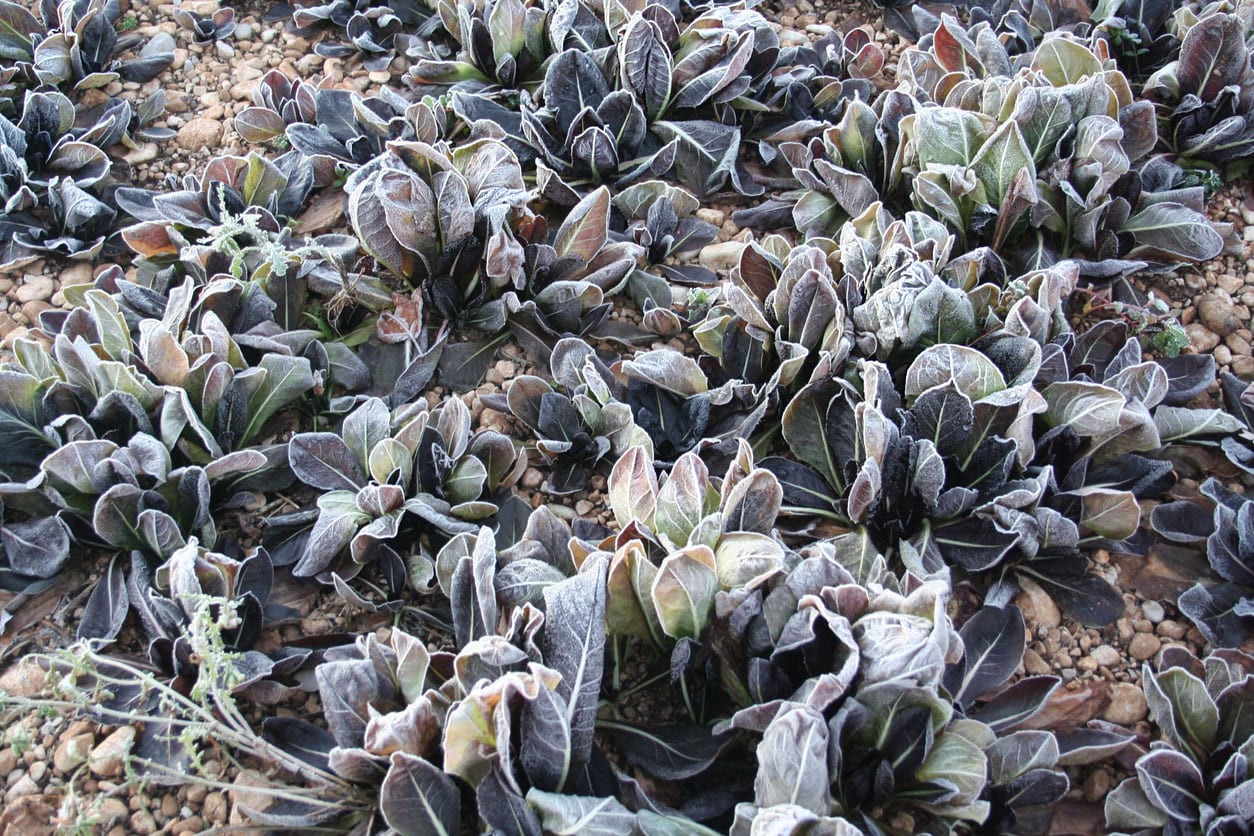

Chicory is hardy down to USDA zone 3 and up to 8. It can withstand light frosts but heavily frozen ground that causes heaving can damage the deep taproot. Chicory in winter generally dies back and will spring anew in spring. This occasional coffee substitute is easy to grow and a fairly reliable perennial in most zones. Learn more about chicory cold tolerance and what you can do to help protect the plants.
Chicory Cold Tolerance
Whether you are growing chicory for its leaves or its huge taproot, the plant is very easy to start from seed and grows rapidly in nutrient rich, well-draining soil in a sunny location-- and there are various types to grow. Chicory is a perennial which can live three to eight years with good care. During the "salad days," young plants will go dormant in winter and return in spring. Winter chicory can withstand extreme below freezing temperatures, especially with a little protection. Chicory will start showing new leafy growth as soon as soil is warm enough to be workable. During the winter, the leaves will drop and growth slows down significantly, exactly like a hibernating bear. In areas with deep freezes, chicory is tolerant of temperatures down to -35 degrees F. (-37 C.). In areas that hold water, this kind of freeze can damage the taproot, but provided the plants are in well-draining soil, such cold poses no problem with a little protection. If you are worried about extremely deep freezes, plant winter chicory in a raised bed that will retain more warmth and enhance drainage.
Chicory Winter Care
Chicory that is being grown for its leaves is harvested in autumn, but in mild climates, the plants can retain leaves through winter with some assistance. Cold climate chicory in winter should have straw mulch around the roots or polytunnels over the rows. Other protection options are cloches or fleece. Production of leaves is greatly reduced in freezing temperatures, but in mild to temperate climates, you can still get some foliage off the plant without harming its health. Once soil temperatures warm up, pull away any mulch or covering material and allow the plant to re-foliate.
Forced Chicory in Winter
Chicons are the name for forced chicory. They look like endive, with slender egg-shaped heads and creamy white leaves. The process sweetens the often bitter leaves of this plant. The Witloof type of chicory is forced from November to January (late fall to early winter), right at the peak of the cold season. The roots are potted up, foliage removed, and each container is covered to remove light. Roots that are being forced will need to be moved to an area of at least 50 degrees F. (10 C.) during winter. Keep the pots moist and in about three to six weeks, the chicons will be ready for harvesting.
Gardening tips, videos, info and more delivered right to your inbox!
Sign up for the Gardening Know How newsletter today and receive a free copy of our e-book "How to Grow Delicious Tomatoes".

Bonnie Grant is a professional landscaper with a Certification in Urban Gardening. She has been gardening and writing for 15 years. A former professional chef, she has a passion for edible landscaping.
-
 Looking For Plants To Give You The Soft And Fuzzies? Try These 5 Fuzzy Leaf Plant Options
Looking For Plants To Give You The Soft And Fuzzies? Try These 5 Fuzzy Leaf Plant OptionsLovers of texture, drama, silver foliage and tactile plants will adore these special sensory garden additions. These fuzzy leaf plant options will leave you all aglow
By Susan Albert
-
 Get Ready For A Summer Of Hummers! Grow These Full Sun Hummingbird Plants and Flowers
Get Ready For A Summer Of Hummers! Grow These Full Sun Hummingbird Plants and FlowersIf you’re lucky enough to enjoy a sunny backyard, make sure you are maxing out on your pollinator opportunities and grow these full sun hummingbird plants and flowers
By Tonya Barnett
-
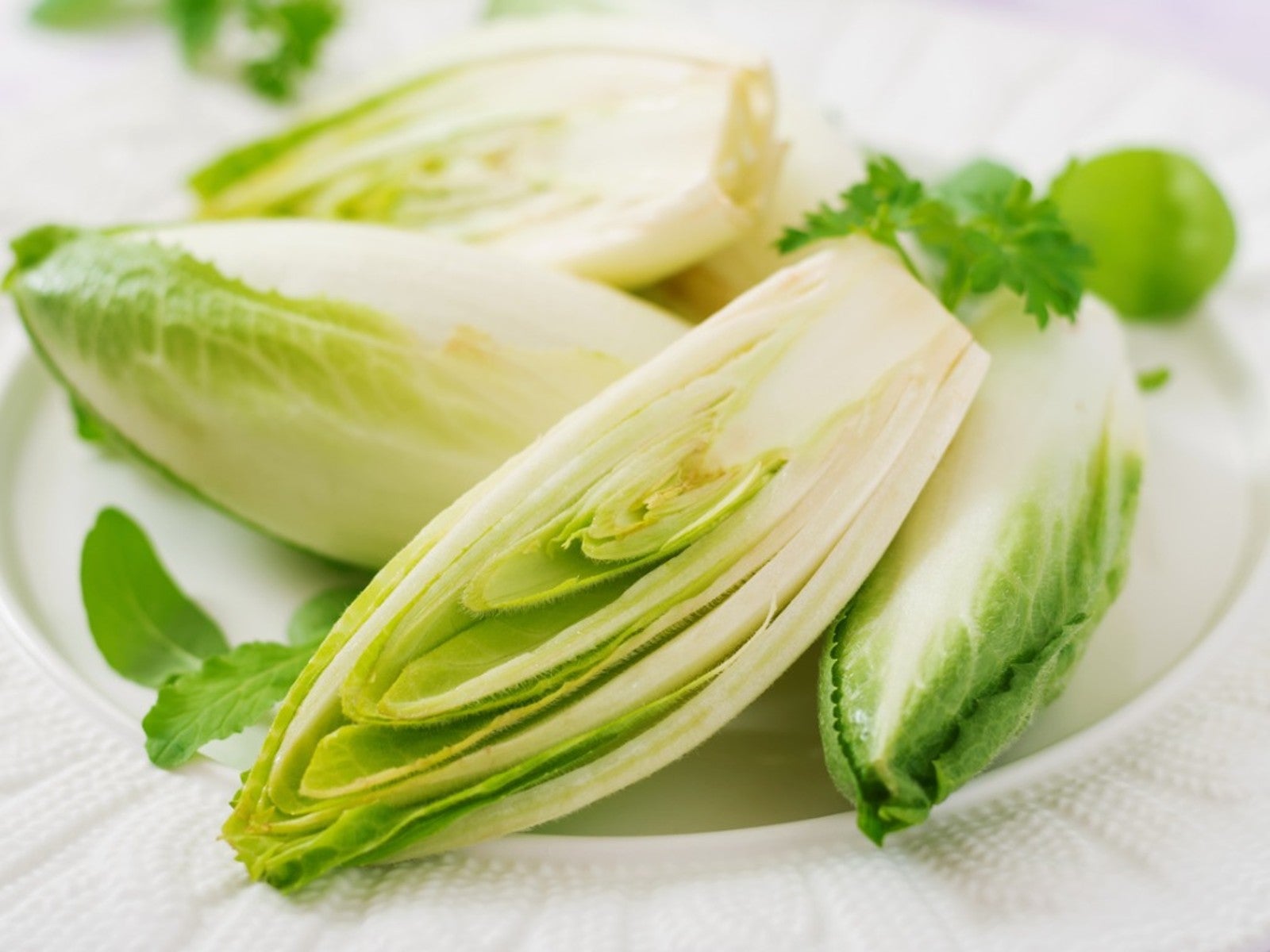 Different Types Of Chicory: What Are Chicory, Endive, And Escarole
Different Types Of Chicory: What Are Chicory, Endive, And EscaroleEndive or Chicory? If you’ve ever found yourself wondering which you should use in a recipe, you’ve come to the right place.
By Laura Miller
-
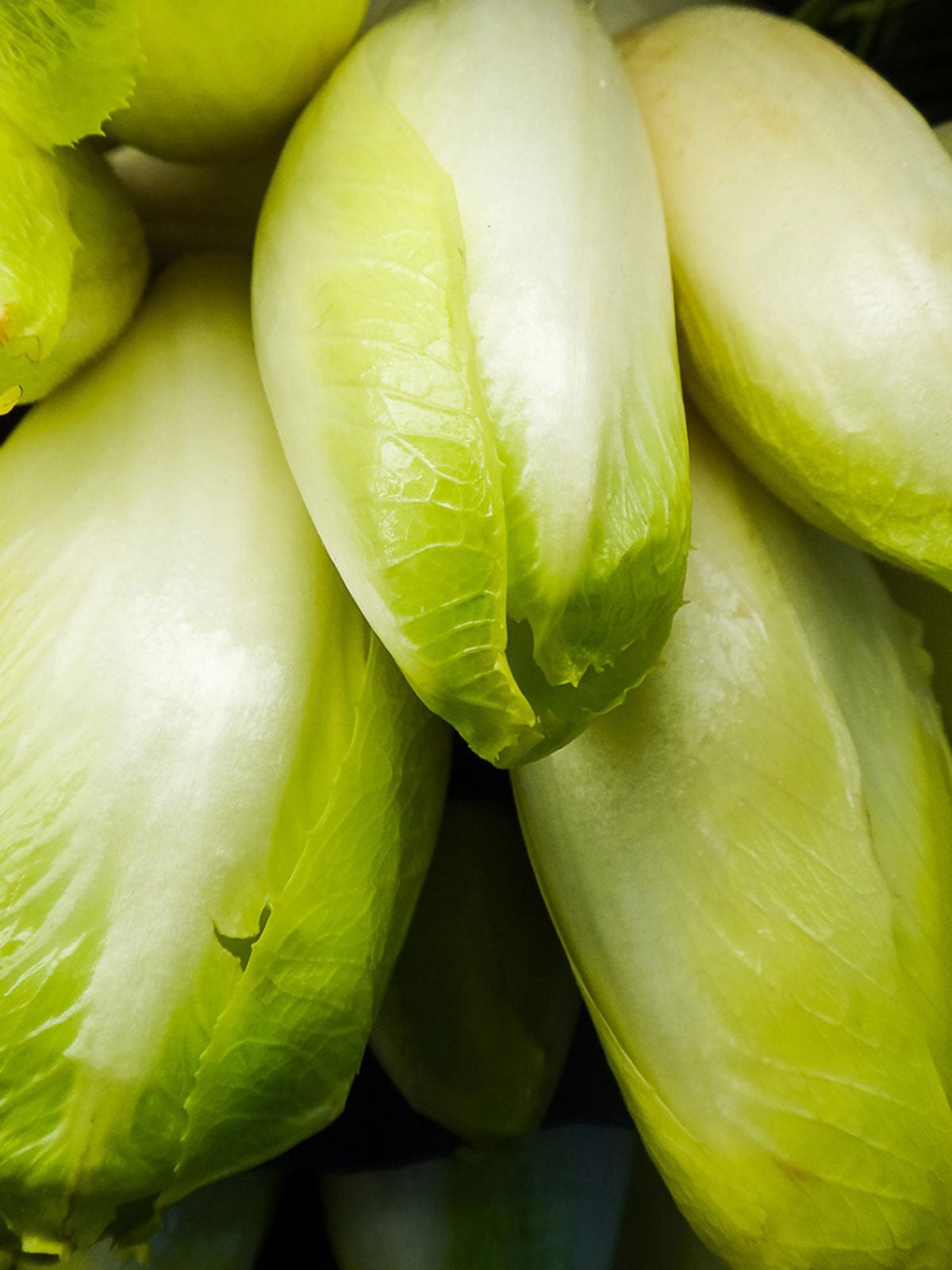 Belgian Endive Info – Tips For Growing Witloof Chicory Plants
Belgian Endive Info – Tips For Growing Witloof Chicory PlantsWitloof chicory is a weedy-looking plant. That's not surprising, as it's related to the dandelion and has frilly, pointed dandelion-like leaves. What is surprising is that witloof chicory plants have a double life. Click here to learn more about this amazing plant.
By Laura Miller
-
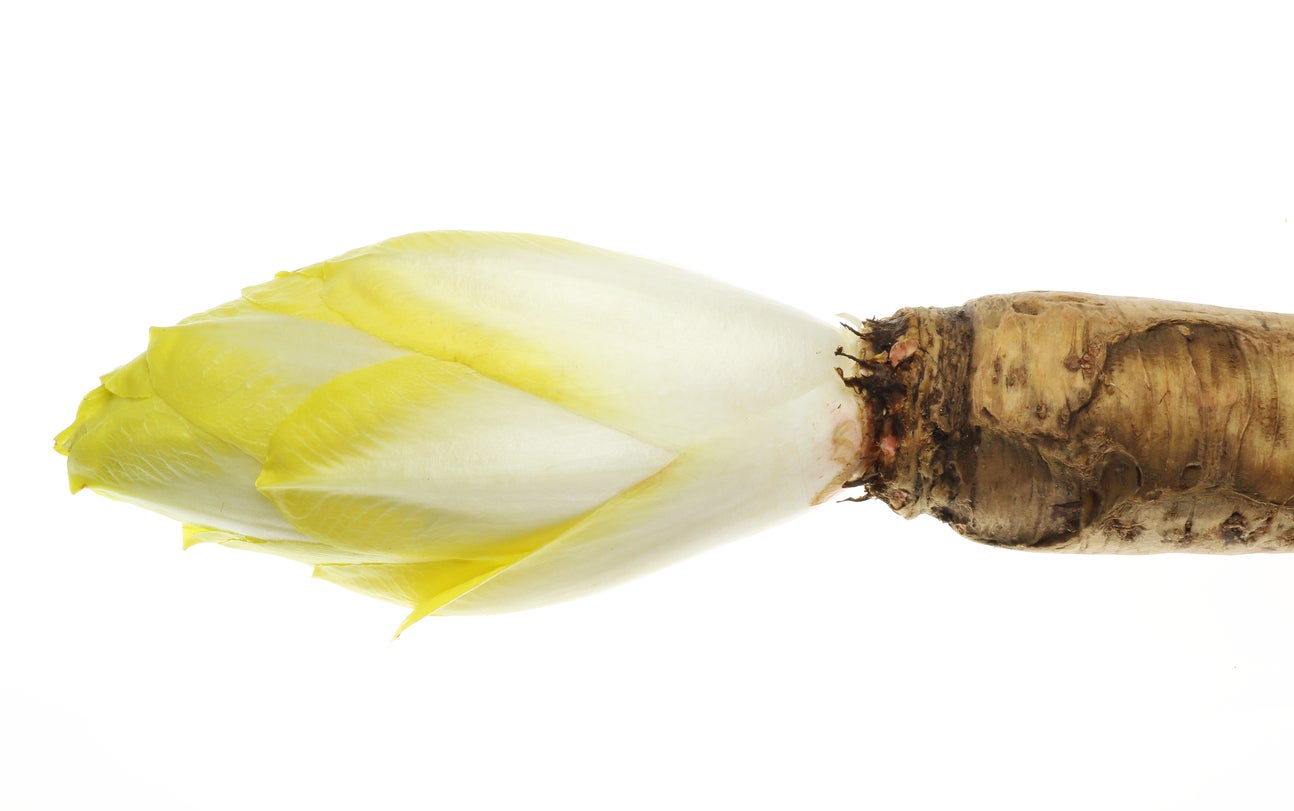 Forcing Chicory Plants – Learn About Chicory Root Forcing
Forcing Chicory Plants – Learn About Chicory Root ForcingHave you ever heard of forcing chicory plants? Chicory root forcing is a common procedure that transforms the roots into something marvelous. If you are growing chicory, and are wondering “should I force chicory,” the resounding answer is yes! Learn more here.
By Amy Grant
-
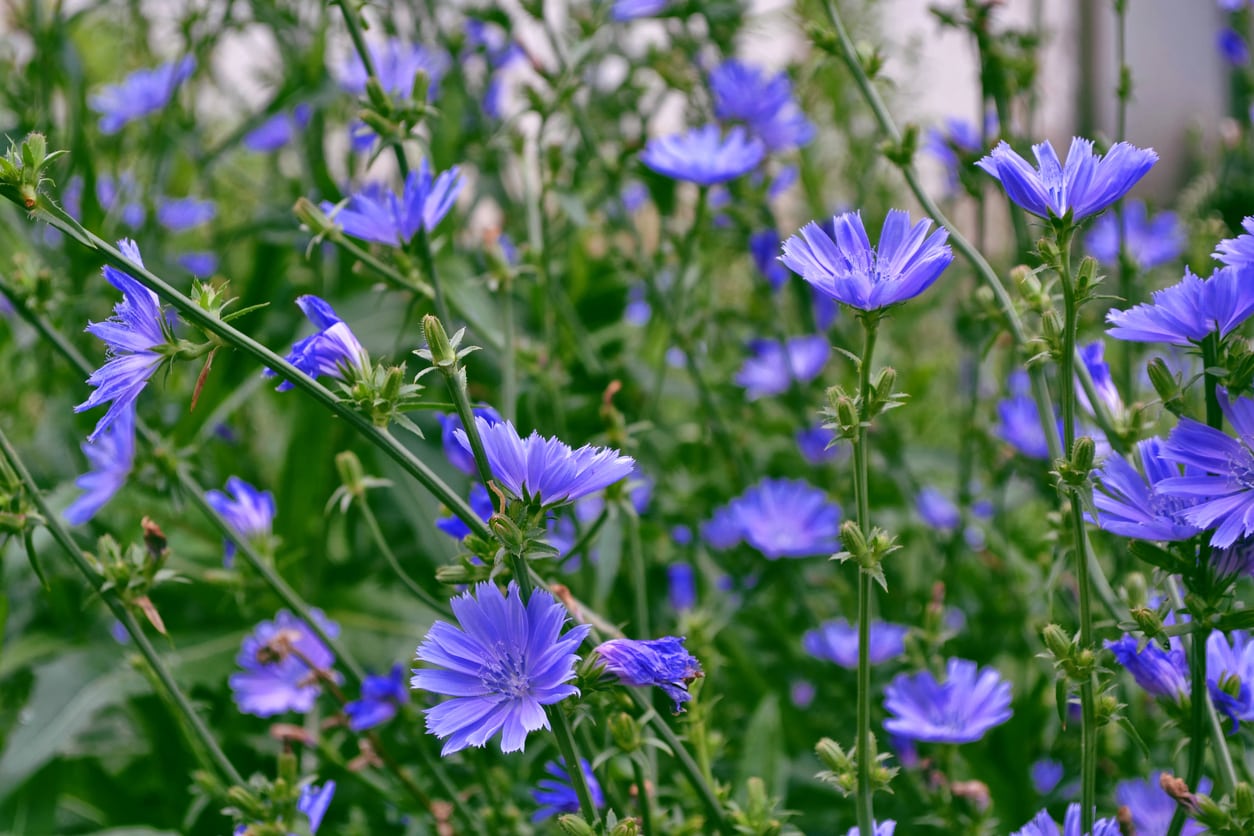 Is Chicory An Annual Or Perennial: Learn About Chicory Lifespan In Gardens
Is Chicory An Annual Or Perennial: Learn About Chicory Lifespan In GardensPlant lifespan is often a subject of debate. For instance, many annuals in the north are actually perennials or biennials in the south. So, is chicory an annual or perennial? Click this article to see which… or if there is a third, unexpected choice.
By Bonnie L. Grant
-
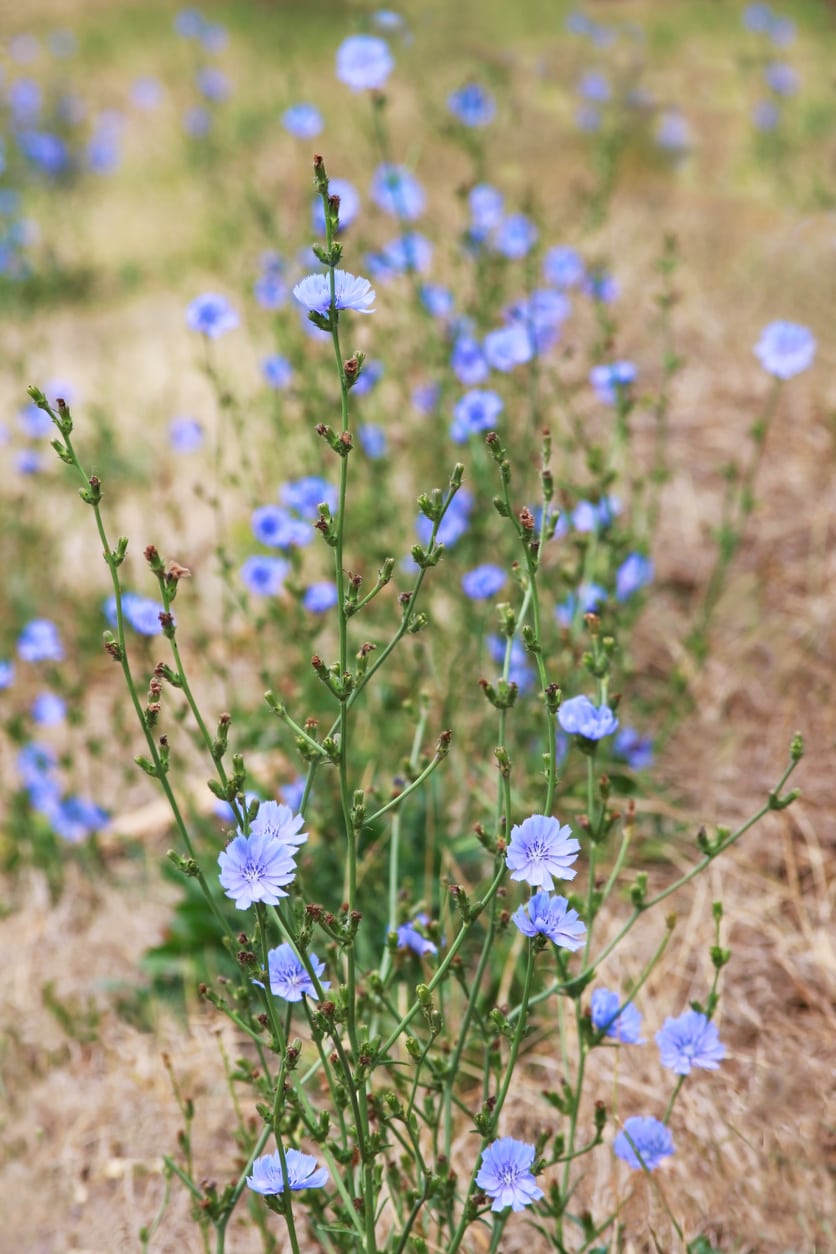 Treating Sick Chicory Plants: Learn About Common Chicory Diseases
Treating Sick Chicory Plants: Learn About Common Chicory DiseasesIf you are growing chicory in your garden, it is disappointing to see sick chicory plants. If this happens to you, you probably want some answers on “what’s wrong with my chicory.” Click this article for a discussion of chicory plant problems.
By Teo Spengler
-
 Potted Chicory Care – Can You Grow Chicory In A Container
Potted Chicory Care – Can You Grow Chicory In A ContainerGenerations of herbalists have used this chicory herb as a treatment for maladies ranging from upset stomach and jaundice to fever and gallstones. Growing potted chicory plants is a great way to enjoy them up close and in small spaces. Click here to learn more.
By Mary H. Dyer
-
 Types Of Chicory – Chicory Plant Varieties For Gardens
Types Of Chicory – Chicory Plant Varieties For GardensIf you decide to plant chicory in your garden, you’ll want to scope out different chicory plant varieties. Each has its own characteristics, uses, and growth requirements. Click here to learn about different chicory plants and how to choose among the many varieties of chicory.
By Teo Spengler
-
 Chicory Plant Uses: What To Do With Chicory Plants
Chicory Plant Uses: What To Do With Chicory PlantsYou’ve probably heard of chicory and you may even have this ornamental plant in your garden. But you may not be sure what to do with chicory or how you can start using chicory from the garden. What is chicory used for? Click here to find out.
By Teo Spengler